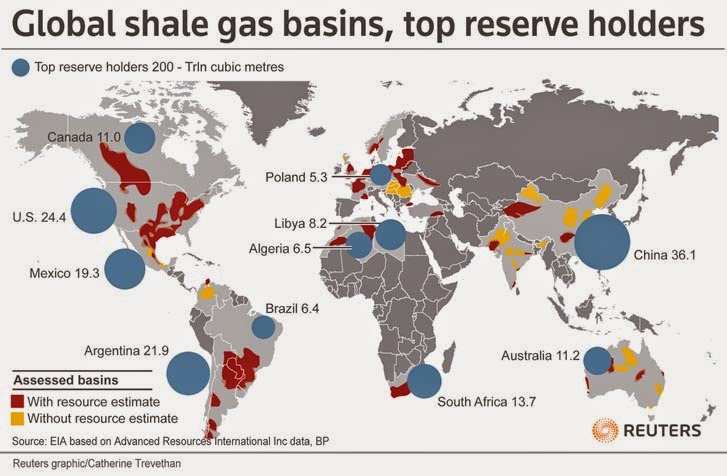The latest slide follows OPEC's decision to leave its production target at 30 million barrels a day. Member nations of the cartel are worried they'll lose market share if they lower production. Partly because of the shale oil boom in the U.S., the world is awash in oil at a time when demand from major economies is weak - so prices are falling. Citibank analysts wrote in a report Thursday that global supplies exceed demand by about 700,000 barrels a day now.
The price of U.S. crude oil dropped $7.54 a barrel, or 10 percent, to $66.15 Friday and is down 38 percent since hitting $107 in June. Brent crude, an international benchmark, fell 3 percent to $70.15 a barrel on Friday. Tom Kloza, chief oil analyst at the Oil Price Information Service, expects the price to fall by another $5 or $10 a barrel before stopping. "It's that kind of rout," he said. Overall, the slide is a boon for consumers in oil-importing regions like Asia, Europe and North America. But there are also some possible negatives.
NORTH AMERICA
The U.S. economy will receive an outsized benefit from lower oil prices because the U.S. is the world's largest oil consumer. U.S. consumers have been surprised and delighted at the lowest gasoline prices since 2010. Drivers in some low-cost states such as South Carolina, Missouri, Oklahoma and Texas could see prices below $2, according to Kloza. The U.S. national average was $2.79 on Friday. Kloza expects gas to eventually be a full $1 per gallon below its June peak of about $3.70 a gallon. That would save typical households $60 a month for those that burn 60 gallons of fuel. "It's a nice easy, calculation," Kloza says. "These are numbers that we would have regarded three or four months ago as something from the lunatic fringe."
The bottom should come between $2.50 and $2.70 a gallon, Kloza says. Canadian consumers are also catching a break. In some regions, such as southern Ontario, gasoline could fall below the important psychological barrier of $1 per liter. The oil companies propelling a production boom in Canada and the U.S. won't be so happy. Crude produced in Canadian oil sands, deep offshore in the Gulf of Mexico and in some U.S. onshore shale formations is some of the most expensive oil to produce in the world. Drillers will have to cut back at least some activity. Forcing this kind of slowdown may have been part of OPEC's motivation for declining to cut its own production.
WESTERN EUROPE
